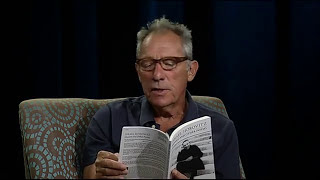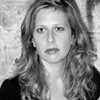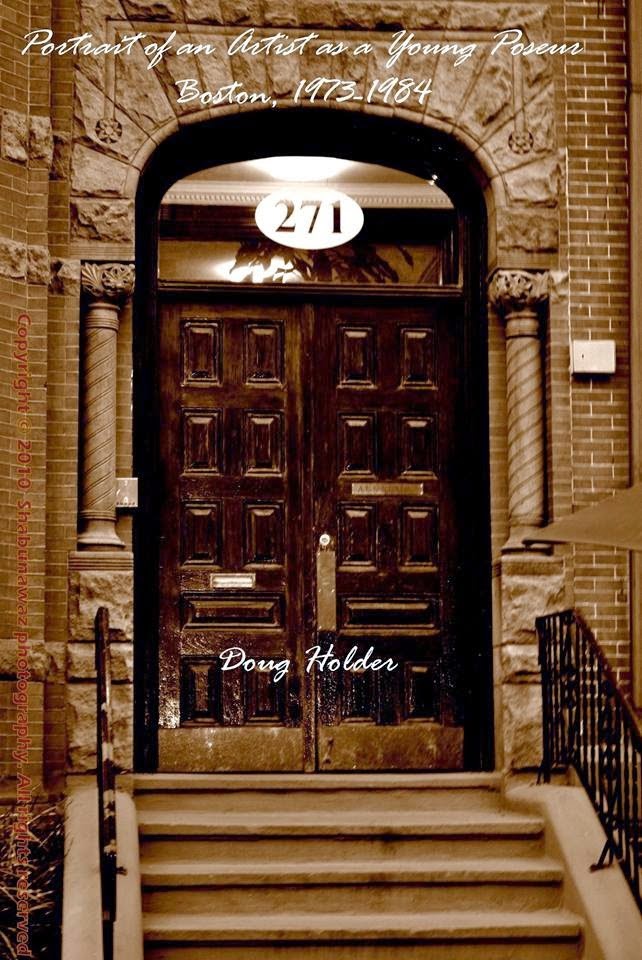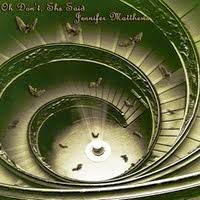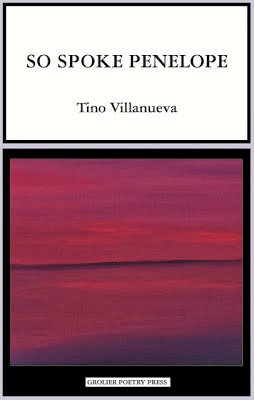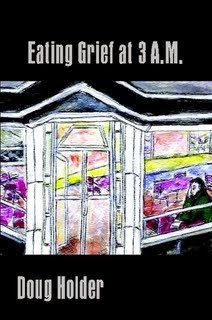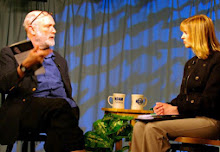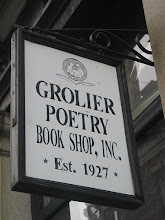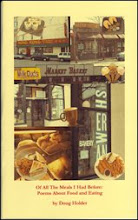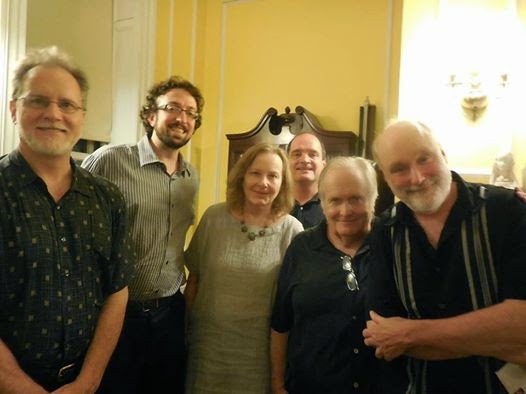 |
| ( Left to right) Dan Tobin, Alex Green, Jean Houlihan, Michael Todd Steffen (back) Fred Marchant, Doug Holder |
Seamus Heaney Tribute: Appreciation and Reflections
By Alice Weiss
On
Wednesday the 27th of August, along, I attended a tribute to the
Irish poet, Seamus Heaney, deceased one year.
It was organized and presented by Michael Todd Steffen at the Hastings
room, First Church Cambridge. We were in a small yellow painted room. The
furniture, pushed aside for folding chairs was plush and there were paintings
on the walls in ornate frames, or at least that’s how I remember it. The
podium was set in front of a mantel. The weather played a part. It rained and
thundered. I had not given much
attention to Heaney’s poetry. After this
evening that changed. The essay that
follows reflects my memories of the evening and readings I did and thought
about in response to it.
Presenters
included two Irish-American poets, Joan Houlihan and Dan Tobin; the
Jewish-American poet and cultural entrepreneur, Doug Holder; Back Pages in
Waltham bookseller and publisher, Alex Green, and Fred Marchand, poet, war
resister, and Suffolk University emeritus professor of poetry. They all read and commented on a Heaney poem
and, except for Alex Green, read work of their own. Michael Todd Steffen made the introductions.
Steffen
began with a discussion of the Heaney’s poetry, took firmly into the high
territory of great poetry, but there was one poem, title actually, that struck
me especially, “Whatever You Say, Say Nothing.” It’s slangy, calls up living in an occupied
Ireland and, it catches some truth about the concentrated code we call poetry. The poem, itself, is a bracing referential
meditation (if so languorous a word can be applied to the tartness of its tone)
on “the Irish thing’”and how people talk about it. Take the opening quatrains
of section III, its disgust with a public language rendered powerless by its
refusal to take sides and its burst into an impatience that nonetheless
maintains a ‘tight gag.”
‘Religion’s never mentioned here,’
of course.
‘You know them by their eyes,’ and
‘hold your tongue.’
‘One side’s as bad as the other,’
never worse,
Christ, it’s near time that some
small leak was sprung
In the great dykes the Dutchman made
To dam the dangerous tide that
following Seamus.
How do you talk through a mouth gag that makes you ignore
history? some small leak? The poem apes
the language of the op-ed in such a way that it never leaves a question
about where its heart is. An unending
dilemma hovers, though, in the poem, and finally breaks out in the last
stanza: like Paul Celan, and Adrienne Rich, if he was going
to sing he had to do it in the language of his oppressors.
Ulster was British, but with no
rights on
the English lyric: all around us,
though
We hadn’t named it, the ministry of
fear.
Michael, introducing Doug
Holder, admitted that he had intended to feature only Irish- American poets,
but then, Doug. Not a word else was
needed. If there was anymore said I
didn’t hear it because I was laughing.
The room, I must add, was quite hot and someone handed out little
personal fans. They looked like the
paddles art auction houses provide for bidders.
Doug, of course had his opportunity and thanked all the fans in the
room. People hissed, I called out “Sit
down” Joan Houlihan laughed.
Doug read
Heaney’s, “The Frontier of Writing,” and bumped us out of laughter back into
that landscape of hostile occupation that was (is?) Northern Ireland. Except here, the “tightness and the nilness,”
that one attempting to cross a border (frontier) feels when stopped and inspected
at gun point, has more to do with the hesitations and fears approaching the act
of writing, subjugating that resistant part of your inner self to glide
obediently past them,
out
between
the posted soldiers flowing and
receding
like tree shadows into the polished
windscreen.
Whether internal or external trouble always looks like
British soldiers.
Doug’s
poems too explored an inner/outer landscape.
His was Bickford’s, in “Eating grief at 3 A.M,” dedicated to Alan
Ginsberg and evoking Walt Whitman at the supermarket old Marxists, flirting old
ladies, a landscape, this time of loss leaving the poet with no place to sit. In another of his poems “You know it
is tough being a writer,” Holder managed to chime both Seamus Heaney and Henny
Youngman: “The waiter /Charging me extra/ For the fly in /My soup.. . . And
take my creative partner/Please.” This
swing between the world of Take-my-wife, and Northern Ireland seemed apt. It
provided urban levity for all the rural seriousness you knew was coming.
Joan Houlihan read Seamus Heaney’s
“Miracle,” a poem drawn she told us from the New Testament where a man, unable
to walk, was brought on a stretcher to Jesus to be healed. The crowd was
such that his friends could not get through with their stretcher and so climbed
on the roof, pried off parts of it and lowered the man down. Heaney’s
poem, she explained, had its origin in the days when he had suffered a stroke
and he was able to recover, but only help from the orderlies, the EMTS, the
night nurses, in short, the hospital community. Her own son had had a brain
injury, she added, and she knew what it was to depend on a caring community responding
strangers.
Not the one who takes up his bed and walks
But the ones who have known him all along
And carry him in –
But the ones who have known him all along
And carry him in –
Their
shoulders numb, the ache and stoop deeplocked
In their backs, the stretcher handles
Slippery with sweat. And no let up
In their backs, the stretcher handles
Slippery with sweat. And no let up
Until he’s strapped on tight, made tiltable
and
raised to the tiled roof, then lowered for healing.
Be mindful of them as they stand and wait
Be mindful of them as they stand and wait
For
the burn of the paid out ropes to cool,
Their slight lightheadedness and incredulity
To pass, those who had known him all along.
Their slight lightheadedness and incredulity
To pass, those who had known him all along.
In the
poems Joan read from her own work, a character suffering locked-in syndrome
survives with the
help of “the ones who had known him all along.” Using the strange feelingful language in “The Us,” and “The Ay,” her recent poetry of
wild almost celtic invention: an imaginary tribe, speaking an unexpected
language her poems too invoke the bare, quiet human interaction of caring.
and brae would spoon the broth,
and make talk between us
where mine own had gone,
as sounding saved by water,
rivered in its mouth
when saving ay had none
and all mine days were silt
and through the hand.
“Sounding
saved by water/ rivered in its mouth.” I understand this with my physical
center: sounding (the capacity of make sounds)(but also water itself as
in Long island sound, or measuring depths) saved by water, and then back
to language as river, incredible. I find
the same mystery in, for example, Heaney’s “Markings.”
iii
All these things entered you
As if they were both the door and what came through it.
They marked the spot, marked time and held it open.
A mower parted the bronze sea of corn.
A windlass hauled the center out of water.
Two men with a cross-cut kept it swimming
Into a felled beech backwards and forwards
So that they seemed to row the steady earth.
It seemed to me that Daniel Tobin’s
presentation also looked at ways Heaney explored the entering of things, “As if
they were both the door and what came through it.” Tobin read from his own study, Passage to the Center, Imagination and the Sacred in the Poetry of
Seamus Heaney.
Heaney’s quest demands that he explore the process of
self definition by tracing through his art the formative experiences that
helped mold his identity. . . .[It}
entails a paradox in which the very outward movement of the quest calls for a
radical inward scrutiny, an interrogation into the origins of the self.
As if you could not separate that
quest from the character of the man, Tobin spoke about his special capacity for
encouragement. Here is where Heaney’s
exceptional capacity to locate the self in movement towards others illuminates
the sources of poetry in ritual, More
than just a bunch of chants, ritual is a way for the self to merge with others. In Station
Island which I turned to in response to Tobin’s discussion, I found poems which explore that “merging” in its most
extreme form, as a mystical union with a landscape of “hard lodgings.” So these last lines from “Sweeney’s Lament
on Ailsa Craig”
But to have ended up
lamenting here
on Ailsa Craig
A hard station!
Ailsa Craig,
the seagulls home,
God know it is
hard lodgings.
Ailsa Craig,
bell-shaped rock,
reaching sky high,
snout in the sea—
it hard-beaked,
me seasoned and scraggy:
We mated like a couple
of hard- shanked cranes.
Picking up the exploration of ritual
and community, Tobin read his own work,
The Narrows, a ghazal, “A Mosque in Brooklyn,” It takes place in the basement of the
apartment house he grew up in. The poem
does a stunning turn with the word history,
There is no prayer that can abolish history,
though in this basement mosque the muezzin’s history
gathers in his throat like a tenor’s aria
and he calls to God to put an end to history. . .
Allah, Allah—above
the crowded rowhouse roofs.
Their rusted antennas, stalled arrows of history. . .
. . .these prayers are lifted on the thermals of history,
and sound strangely like. . .
the remnant who
survived a blighted history,
. . .lost themselves, flourishing into the One
without division, without names, without history.
The ghazal form
gives him an opportunity to endow the word history, also a concern of Heaney’s,
with a repetitive force which ends up turning on the notion of history itself.
The ritual takes the one step further, and by gathering in the throat of the
muezzin puts an end to it, history.
As the last reader, Fred Marchand, went right to the point: the impact of
reading Heaney on his own writing. He spoke of a time he felt that he could no
longer hear the music in his own poems and had stumbled upon a poem by Heaney
called “The Loose Box” and, it was implied, shook his deafness off. I found it a long poem to listen to, but
later read it from the New York Times
Archives. It’s a poet’s poem. A “loose box” is a high horse stall that
has four walls that horses are placed in so they can be held without
harnesses. The poem is in three
parts. The first lines of each section
place the source of a particular diction the poet has used throughout his career, then bursts
into that very language to describe an imaginative encounter using it. It’s an ars poetica: Heaney openly exploring the
sources of his own poetic language. The
sections of the poem seem disjointed , but the question is implicit in each of
them:
talk about the properties of land,
the actual soil
almost doesn’t matter; the main thing is
an inner restitution, a purchase come by.
By Pacing it in words that make you feel
you’ve found your feet.. . .
or
the threshing scene in Tess of the D’Urbervilles—
That magnified my soul.
and also
Michael Collins, ambushed. . .
Has nothing to hold onto and falls again
Willingly, lastly, foreknowledgeably deep
Into the hay floor that gave once in his childhood
. . .
True or not, the fall within his fall,
. . .lets him find his feet
In an underworld of understanding
Better than any newsreel lying-in-state. . .
could ever manage to.
Or so
it can stated
in the must and drift of talk aabout the loose box.
I thought
Fred Marchant must have found his own feet in that poem. He read a three part
poem from his own Looking Glass House, “The Custody of Eyes.” In it he, too, seemed
to be finding his rhythm in meditating on three diverse sources: surrealist
art, a surreal sculpture, a piece of extraordinary hagiography on St. Agnes and
a visit to a sister in an asylum. My favorite section, “The Origins of the
Practice,” described the excruciating
tormenting of St. Agnes, \ by the crowd of onlookers, soldiers. The issue is
eyes that “are naturally unruly, straying without conscience,” A judge
orders Agnes stripped before a crowd.
There is a miracle, except for the suitor, no one looks at her
nakedness.
What is so interesting about this
poem is its evocation of concentration and the temptation to stray from it.
Straying from the concentration is straying from precise individuation of the
moment, the self, that is poetry. And
yet, that tension between attention and distraction is just the drama that gets
played out over and over again, bringing us back to the “tightness and
nilness,”the dangers and pleasure of “The Frontier of Writing.” Seamus Heaney.




